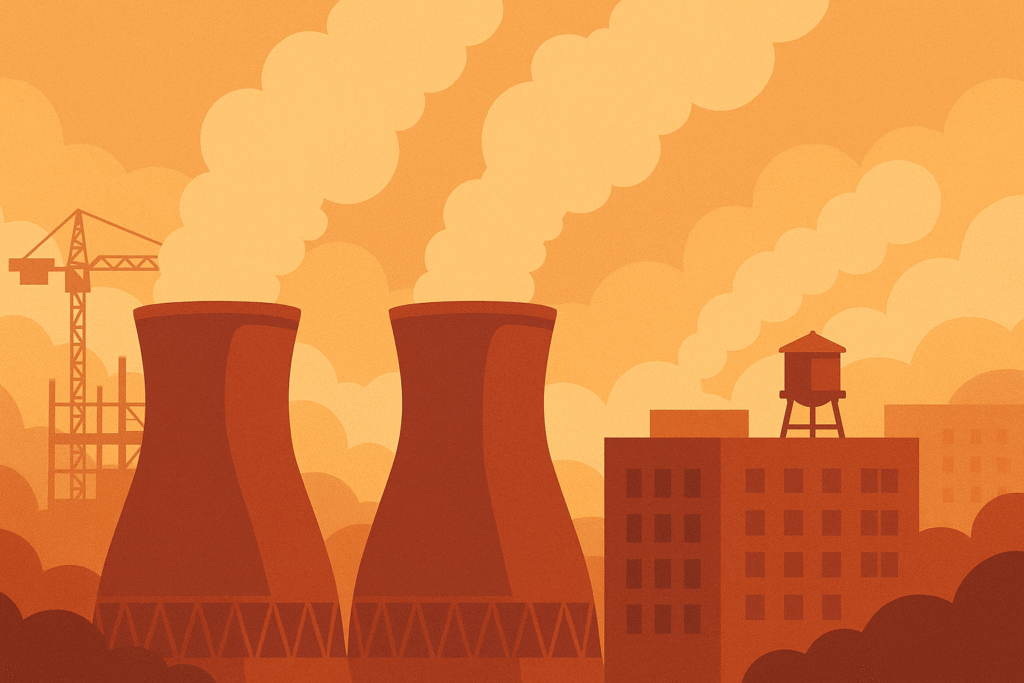New York City health authorities have officially announced the conclusion of a Legionnaires’ disease outbreak in central Harlem that resulted in seven fatalities and 114 confirmed infections.
Source Traced and Neutralized
The investigation identified the source of the Legionella bacteria in cooling towers situated above Harlem Hospital and at a nearby construction site. Both sites were promptly disinfected, and additional preventive treatments were carried out to ensure the bacteria were fully eradicated.
Coordinated Response
The Department of Health and Mental Hygiene coordinated closely with local hospitals and clinics to track cases and provide timely treatment to patients. The department also extended preventive inspections to surrounding buildings as a precautionary measure.
Health Commissioner Dr. Ashwin Vasan highlighted the importance of rapid intervention: “Legionnaires’ disease can be fatal if untreated, but by acting quickly we were able to contain the outbreak and save lives.”
Community Reaction
The outbreak heightened concerns across Harlem, with health officials urging residents to remain alert to symptoms such as fever, cough, shortness of breath, and muscle pain. While community leaders welcomed the news that the outbreak has ended, they emphasized the need for ongoing vigilance.
Future Safeguards
City officials have pledged stricter oversight of potential risk sites, including:
-
Enhanced monitoring of cooling towers in vulnerable areas.
-
Regular inspection and maintenance protocols for hospitals and construction projects.
-
Expanded public awareness campaigns to educate residents about the disease and its warning signs.
Persistent Risk
Although the outbreak is now over, experts caution that Legionella bacteria remain a recurring hazard in densely populated cities. They stress that long-term preventive measures are essential to protect public health and avoid future outbreaks.



